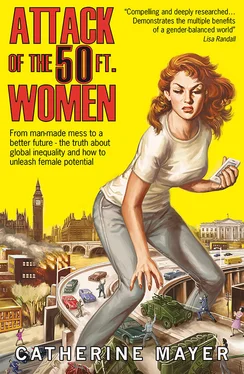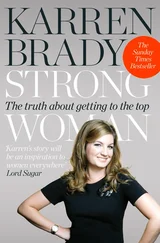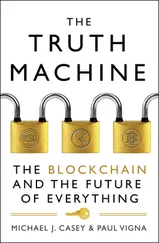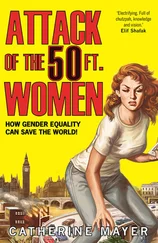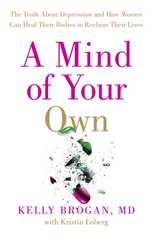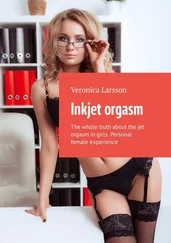‘The typical reaction of a state to a crisis is to cut services because they’re seen as expenses,’ says Halla Gunnarsdóttir, who served as a special adviser in the Icelandic coalition. ‘The state puts money into construction because it’s seen as investment. So basically it cuts jobs for women, and also takes away services and replaces them with women’s unpaid labour: care for the elderly, care for the disabled, caring for children and those who are ill. Then it creates jobs for men so that they can continue working.’ 14This is often done through public–private partnerships in which the state takes the risk but the private sector benefits. Women’s unemployment goes up as the state focuses on preserving jobs for men.
Such perspectives – and women themselves – were conspicuous by their absence in the 2015 election and the broader landscape looked bleak. Of 650 electoral constituencies, 356 had never elected female MPs. Labour did better on getting women into Parliament, but the Tories remained the only major party to have chosen a female leader, and that had been 40 years earlier.
Labour women did try to elbow their way into the front line of the campaign. Harriet Harman, the party’s deputy leader, long saddled with the nickname ‘Harperson’ by sections of the press hostile to her feminist politics, commissioned research that revealed that 9.1 million women had chosen not to exercise their votes at the previous election. ‘Politics is every bit as important and relevant to the lives of women as it is to men. Labour has set itself the challenge to make this case to the missing millions of women voters,’ she said.
In truth, Labour had done no such thing. Harman couldn’t get her male colleagues to treat gender as a core issue, and ended up scrambling together a separate campaign. Her party had a proud heritage on women’s equality: it appointed the first ever female cabinet minister (Margaret Bondfield in 1929), pioneered equal pay legislation, made strides on early years provision for children, and in introducing all-women shortlists in 1997 engineered the biggest single increase in female representation in the Commons. Of the intake of 418 Labour MPs elected in Tony Blair’s first landslide victory, 101 were women. The total number of female MPs in the previous parliament across all parties had been just 60.
Yet these achievements sit alongside more problematic strains, a culture descended from a struggle for the rights of the working man that often viewed female workers not as part of that struggle but as competition, and an ideological underpinning that in seeing gender inequality as fixable only by fixing all power imbalances too often sends women to the back of the queue to wait their turn. In every vote for the Labour leadership involving women, female candidates have come last. In 2016 MP Angela Eagle withdrew her bid to replace Jeremy Corbyn after a male MP put himself forward, in a brain-twisting piece of logic, as an alternative unity candidate. ‘If Labour had an all-women leadership race, a man would still win,’ tweeted the journalist Stephen Daisley.
Harman had climbed higher in Labour than any other woman, elected the party’s Deputy Leader when Gordon Brown succeeded Tony Blair in Downing Street. Her predecessor as Deputy Leader, John Prescott, had also served as Deputy Prime Minister. She never got that status and further slights followed. ‘Imagine the consternation in my office when we discovered that my involvement in the London G20 summit was inclusion at the No. 10 dinner for the G20 leaders’ wives,’ Harman said later. 15Heading into the 2015 election, now deputy to Ed Miliband, Harman found herself sidelined by male advisers, consultants and politicians. Her riposte trundled into view in February of that year, apparently blushing with shame that such a stunt should be necessary.
‘That pink bus! Oh my god, the pink bus!’ Sitting in a café in the Southbank Centre, I listened to a table of women holding their own debate ahead of WOW’s. They, like me, found the political choices on offer to voters about as exciting as a limp egg-and-cress sandwich. They, too, cringed to see Harman’s pink bus touring constituencies with its cargo of female MPs. For all its noble intent – and its effectiveness; the negative publicity generated what spin doctors call ‘cut through’, drawing voters who might otherwise not have engaged – it was tough to get past that pinkness.
The women at the Southbank Centre were weighing exactly the response Harman’s pink bus was supposed to head off. They were considering not voting at all. ‘There’s nobody to vote for,’ said one of them.
A tube train rumbled beneath us, or perhaps it was Emmeline Pankhurst spinning through the soil of Brompton Cemetery. Then again, Pankhurst overestimated the transformative power of suffrage. ‘It is perfectly evident to any logical mind that when you have got the vote, by the proper use of the vote in sufficient numbers, by combination, you can get out of any legislature whatever you want, or, if you cannot get it, you can send them about their business and choose other people who will be more attentive to your demands,’ she declared in 1913. Yet here we were, 86 years after full enfranchisement, still waiting to be fully enfranchised.
This proved to be the inescapable subtext of the whole evening. For all that James and Swinson and Creasy had won admission to the House of Commons, they had not thrived as their talent suggested they should. Swinson was a junior minister, Creasy held the equivalent position on the opposition benches. James served as a Parliamentary Private Secretary, two rungs below a junior minister.
If Westminster didn’t value them enough to put them at its top tables, the media helped to reinforce that view. I understood the reasons for this. After 30 years as a journalist, latterly a decade at TIME magazine, I was well aware that media companies – like political parties – were still far from closing the gender gap. Male cultures inevitably produce distorted and inadequate coverage of women. For female journalists, sexual harassment by colleagues or interviewees is an occupational hazard as routine and inescapable as a stiff neck from too much time at the computer. Pay and promotional structures value male staff over their female colleagues and, in admitting too few women to decision-making, maintain a male sensibility about which stories should be covered and how. This can be insidious – women receive less coverage than men and what they do often appears labelled ‘lifestyle’ – or it may express itself in hostility and mockery. Swinson gave an example of the latter during the WOW discussion: her observation during a parliamentary debate that boys might want to play with dolls mutated in the Sun ’s reporting into a proposal to mandate boys to play with Barbies. 16New media also meant new challenges. Creasy had become the target of virulent Twitter trolls spewing rape and death threats, simply by virtue of being female.
The trio set out the problems of women in politics compellingly. They had some answers. Yet it was equally evident that they had little power to make change and little prospect of more power. So when Jude Kelly, the artistic director of the Southbank Centre and moderator of the event, invited the audience to volunteer proposals to speed gender equality, I found myself clutching the microphone.
I explained that when Jude conceived of WOW in 2009, she had recruited me to the founding committee. I talked about the sense of female community and commonality the festival always generates, and congratulated the MPs on demonstrating their spirit despite party political differences.
I continued: ‘I, like many other people, come to this election knowing that whatever the outcome, it will be disappointing. It would be so much more exciting – we would be spoiled for choice – if the three of you were the leaders of the parties.’
Читать дальше
